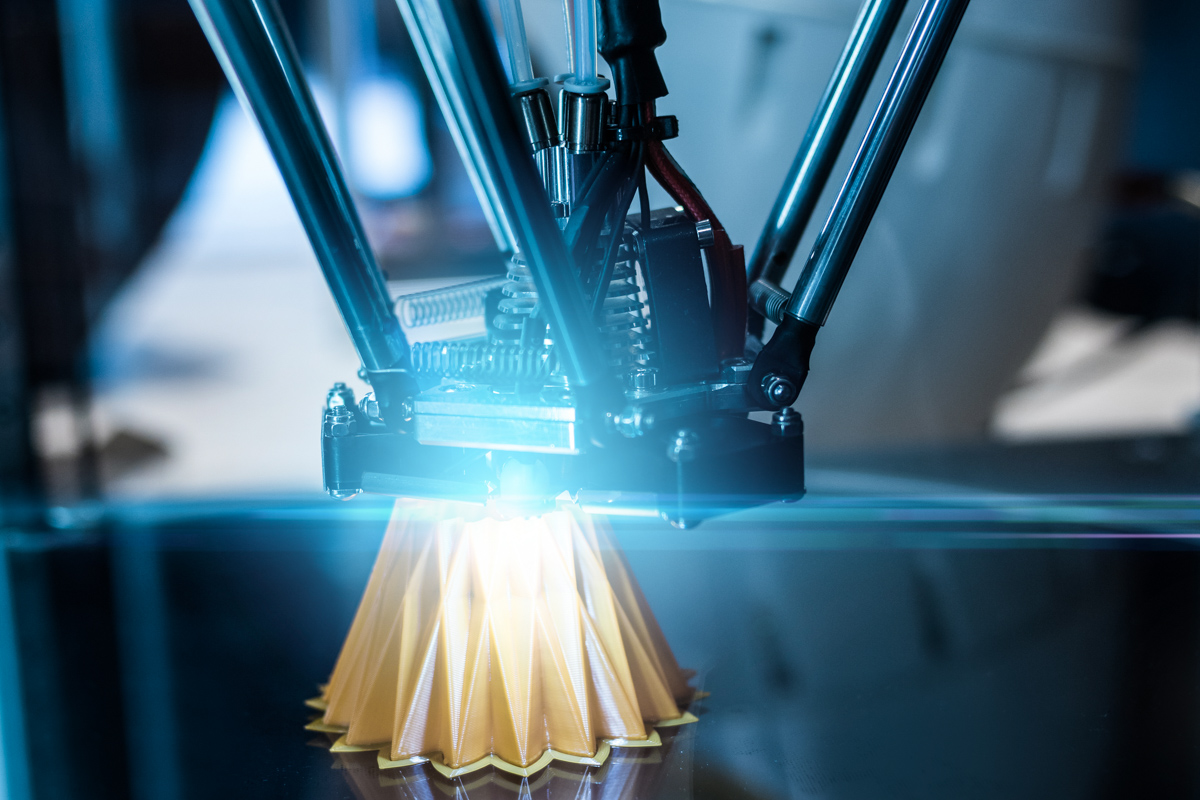
The Rise of 3D Printed Parts
Written by Joanna Carbajal
Additive manufacturing has allowed companies like Ivaldi Group to create inexpensive spare parts that are no longer supported quickly or that might otherwise take weeks to deliver using a more traditional manufacturing process. Ivaldi Group is building a digital inventory where the customer can select their desired maritime part and have the part delivered within 24 hours. Apart from improving cycle times and quality control, additive manufacturing reduces production costs, response times, warehousing costs and transportation costs.
While additive manufacturing will enhance the maritime industry, it is also allowing other industries to obtain parts inexpensively and quickly.
Cars
Ford has partnered with Stratasys Ltd., to print car parts due to the Stratasys Infinite Build 3D Printer’s capability to print car parts of any size. The Ford Research and Innovation Center in Dearborn, Michigan currently tests their printers. After Ford makes a 3D CAD model of the part, the file is sent to the printer which prints unattended while engineers monitor remotely through a camera.
This is a massive advantage for enthusiasts and racers. There has been a current challenge obtaining spare parts for antique car collectors. Now, their parts can be printed in a shorter amount of time.
McLaren Racing has also partnered with Stratasys to print parts for its racing cars such as rear wing flaps and brake cooking ducts. Parts will be produced faster and will be lighter.
Another prime example is Local Motors. They have a 3D printed electric car called the Strati and an electric powered bus called the Olli.
Motorcycles
The electric motorcycle brand, Alta Motors, works with Carbon to print motorcycle parts. Carbon has allowed them to test their part ideas at a quicker speed. Alta Motors sends Carbon their CAD files, and then, they are printed and sent back. There are mechanical, shock and vibration tests conducted with the parts for quality purposes. Alta has continuously been experimenting on how to reduce the number of parts in a motorcycle. Instead of having six different parts, they want to make one that fulfills all six purposes.
Airplanes
Through a partnership with Norsk Titanium, Boeing, the producer of airplanes, satellites, and rockets, will now be using 3D printed parts made of structural titanium on their 787 Dreamliner airline. Due to the high expense of titanium casting, Boeing researched different alternatives. With additive manufacturing, Boeing will be saving 2-3 million dollars for each airplane.
Furthermore, Airbus will be using additive manufacturing to print about 30 tons of metal parts every month by 2018.
Military Satellites
Lockheed Martin 3D printed a Remote Interface Unit for NASA’s Juno Jupiter orbiter. The part has now been installed in a military communications satellite, AEHF-6. Normally, building such a part would take up to 6 months. With additive manufacturing, NASA had their part in 1.5 months.
As you can see, many companies are working on finding alternatives to produce parts more efficiently as technology improves and reduces cost per part.
References
“Airbus GE Commit Additive Manufacturing”
“Ford tests 3D printing of big car parts”
